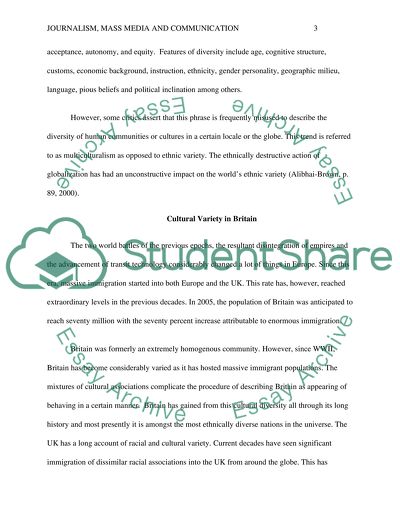Cite this document
(“The Role of New Media in Shaping the Image of Cultural Diversity in Essay”, n.d.)
Retrieved from https://studentshare.org/journalism-communication/1397848-what-role-has-new-media-played-in-shaping-the
Retrieved from https://studentshare.org/journalism-communication/1397848-what-role-has-new-media-played-in-shaping-the
(The Role of New Media in Shaping the Image of Cultural Diversity in Essay)
https://studentshare.org/journalism-communication/1397848-what-role-has-new-media-played-in-shaping-the.
https://studentshare.org/journalism-communication/1397848-what-role-has-new-media-played-in-shaping-the.
“The Role of New Media in Shaping the Image of Cultural Diversity in Essay”, n.d. https://studentshare.org/journalism-communication/1397848-what-role-has-new-media-played-in-shaping-the.


